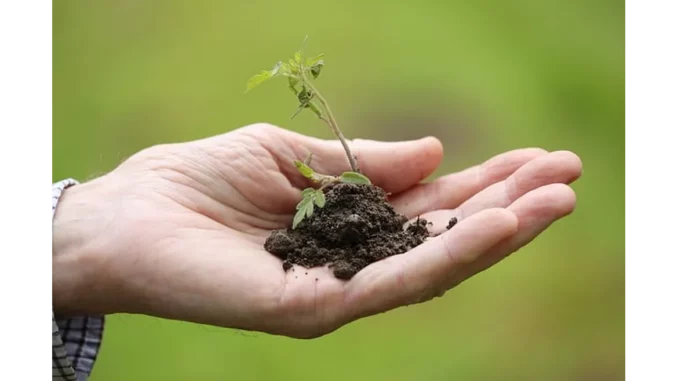
Crafting Your Dream Garden: Overcoming Common Design Challenges
Creating a beautiful garden is a cherished aspiration for many homeowners. A meticulously designed garden not only elevates the aesthetic allure of a property but also substantially boosts its market value. However, transforming this dream into reality often presents myriad challenges, turning what should be a green haven into a daunting endeavour. In this guide, we delve into the seven most prevalent garden design problems and offer practical, expert-backed solutions to help you surmount them.
1. Ignoring Seasonal Planting
One of the most prevalent missteps in garden design is neglecting the seasonal requirements of plants. Each plant species has its own optimal growing period, and planting at the incorrect time can yield lacklustre results. For example, while deciduous trees are resplendent in spring and summer, they can appear stark and unappealing in winter.
Expert Advice: Renowned horticulturist Jane Smith advises, “Align your planting schedule with the seasons for maximum impact. For a June property sale, evergreens will provide year-round vibrancy, whereas a September sale could benefit from the dramatic hues of a weeping cherry tree.” Always refer to a gardening calendar or consult a professional to ensure your garden is in full bloom when it matters most.
2. Poor Soil Quality
Soil is the bedrock of any flourishing garden. Overlooking its quality can lead to stunted plant growth and health issues. Many gardeners fail to consider soil composition, pH levels, and drainage, all of which are critical for a thriving garden.
Solution: Conduct a comprehensive soil test to ascertain its pH and nutrient levels. Amend the soil with compost or organic matter to enhance its quality. Utilising a bokashi bin or bio-complete compost can enrich your soil with beneficial microorganisms. Healthy soil not only supports robust plant growth but also improves water retention, reducing the need for frequent watering.
3. Inadequate Water Supply
Water is indispensable for plant growth, yet many gardens suffer from either excessive or insufficient watering. Overwatering can result in root rot and fungal diseases, while underwatering can cause plants to wither and perish.
Solution: Implement a water-harvesting system to collect rainwater, thereby diminishing dependency on tap water. Simple solutions like water butts can be highly effective. For more extensive gardens, consider sophisticated systems such as rain gardens or planters that capture and slowly release water. Additionally, group plants with similar water requirements together to optimise watering efficiency.
4. Overemphasis on Lawns
Lawns are a quintessential feature of many gardens but can be high-maintenance and environmentally unfriendly. Expansive lawns can also render a garden monotonous and devoid of biodiversity.
Solution: Reduce the lawn area and replace it with gravel gardens, wildflower meadows, or planting beds. These alternatives not only enhance visual appeal but also support local wildlife and demand less upkeep. For those who prefer a lawn, practices like “No Mow May” can reduce maintenance and foster biodiversity.
5. Poor Plant Placement
Misplacing plants can result in poor growth and an unappealing garden. Sun-loving plants will falter in shady areas, while shade-tolerant plants may scorch in full sunlight.
Solution: Observe your garden’s light patterns throughout the day and plant accordingly. Employ taller plants or structures to create shade where needed. Also, consider the mature size of plants to avoid overcrowding and ensure they have ample space to flourish.
6. Lack of Structure and Proportion
A garden sans structure can feel chaotic and uninviting. Many gardeners err by planting an excess of small plants, leading to a cluttered aesthetic, or too few large plants, resulting in an empty feel.
Solution: Blend a variety of plant sizes and types to achieve a balanced and harmonious garden. Use trees and large shrubs to provide structure and focal points. Create defined pathways and seating areas to enhance functionality and invite relaxation.
7. Neglecting Maintenance
Even the most exquisitely designed garden will deteriorate without regular maintenance. Weeds, pests, and diseases can swiftly take over if not managed diligently.
Solution: Establish a consistent maintenance routine that includes weeding, pruning, and pest control. Mulch can be used to suppress weeds and retain soil moisture. Regularly inspect plants for signs of disease or pests, and take prompt action to address any issues.
By attentively addressing factors such as seasonal planting, soil quality, water supply, and plant placement, you can cultivate a stunning and thriving garden that not only enhances your property’s value but also serves as a serene retreat. Remember, a well-maintained garden is a testament to your dedication and care, offering endless joy and tranquillity.


Be the first to comment